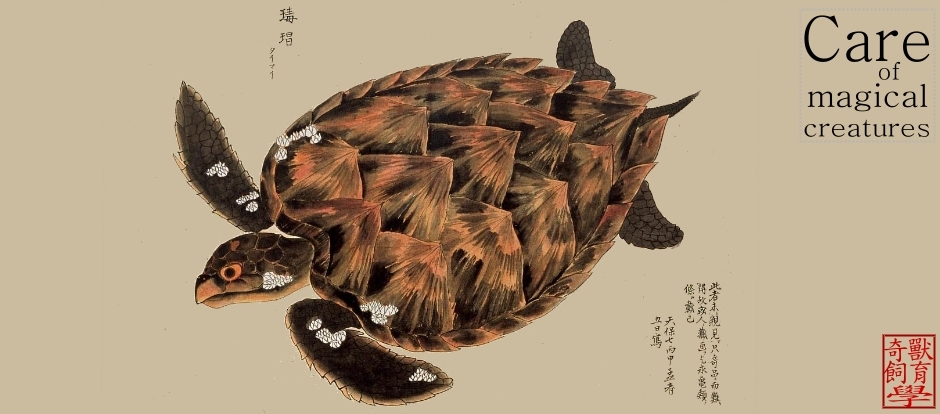 文獻來源: Masroor R. 2009. A new arboreal species of Cyrtopodion (Squamata: Gekkonidae) from Deh Akro-II Wetlands Complex, Sindh, Pakistan. Zootaxa 2243: 57–67 (2009)
文獻來源: Masroor R. 2009. A new arboreal species of Cyrtopodion (Squamata: Gekkonidae) from Deh Akro-II Wetlands Complex, Sindh, Pakistan. Zootaxa 2243: 57–67 (2009)Abstract
A distinctive new thin-toed gecko, Cyrtopodion dehakroense sp. nov. is described from Deh Akro-II Wetlands Complex, Nawabshah, Sindh, bringing the number of species of this genus in Pakistan to nine. The major diagnostic characters of the new species include the presence of 7–9 very narrow, V-shaped, dark brown, transverse dorsal bands on the body from the nape to the level of the vent, four precloacal pores in males, absence of femoral pores, 21–25 rows of ventral scales across midbody, 92–102 scales along ventral midline of body, and presence of paired subcaudal scales under the post-pygal portion of the tail. The species is a desert form and has thus far been found only in sandy areas of this wetlands complex at mean elevations of about 10 m. Strictly nocturnal, it inhabits old-growth trees of Prosopis cineraria (Jand/Kandi) and feeds mainly on a variety of insects.



emBonito.jpg)













































